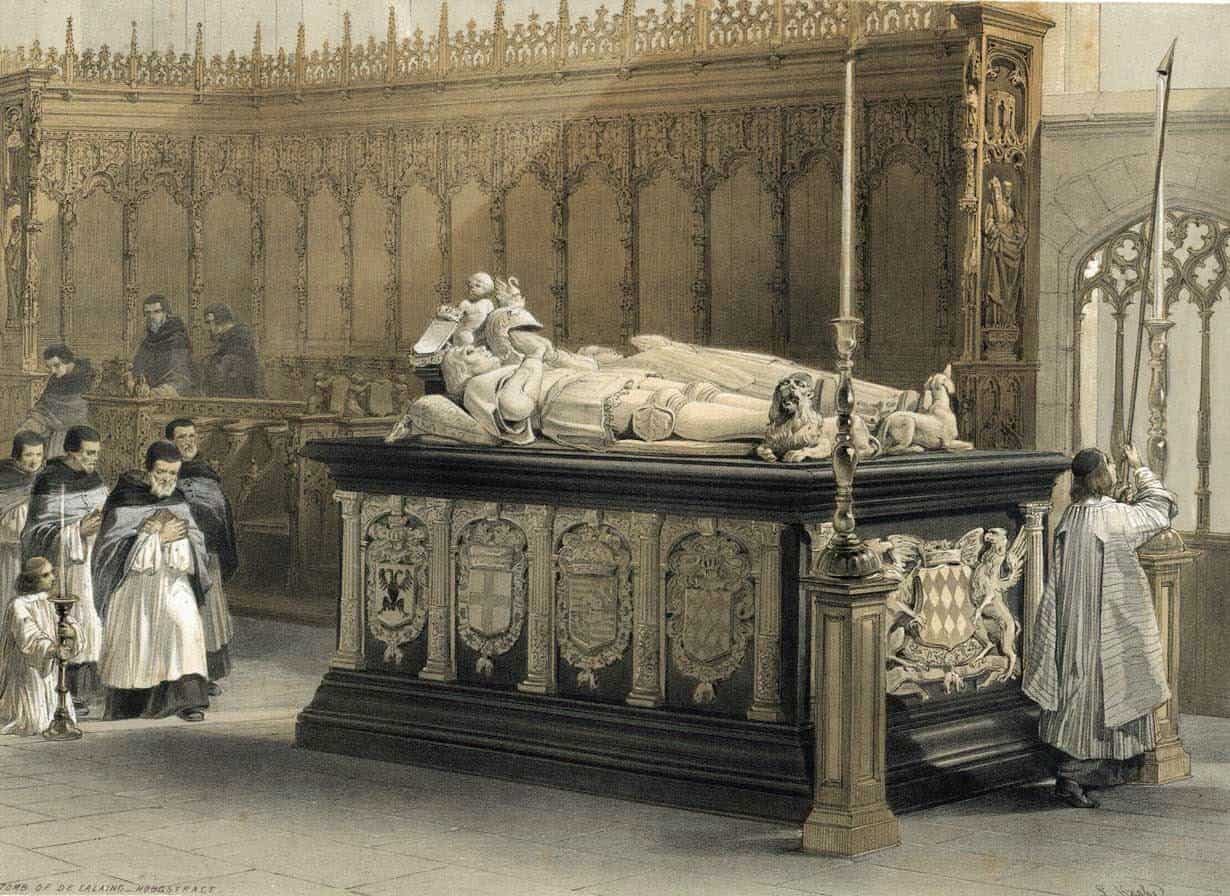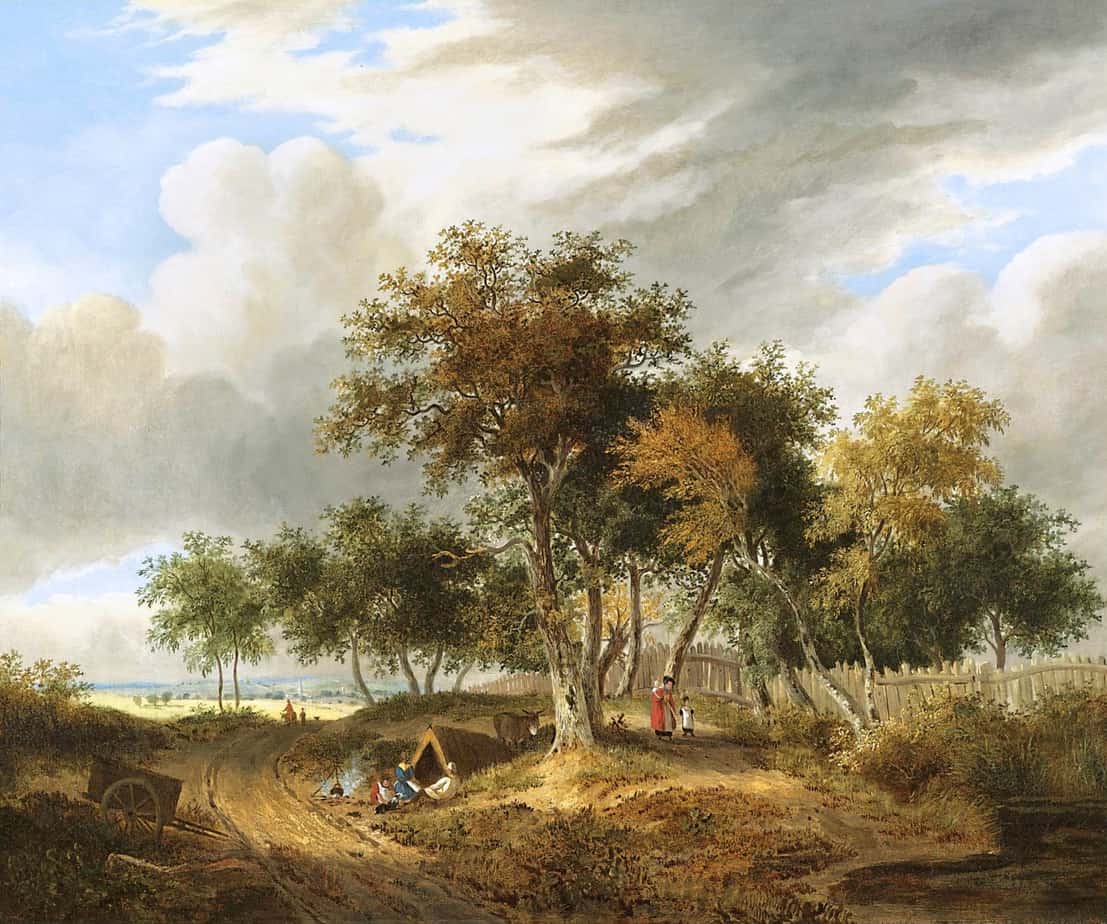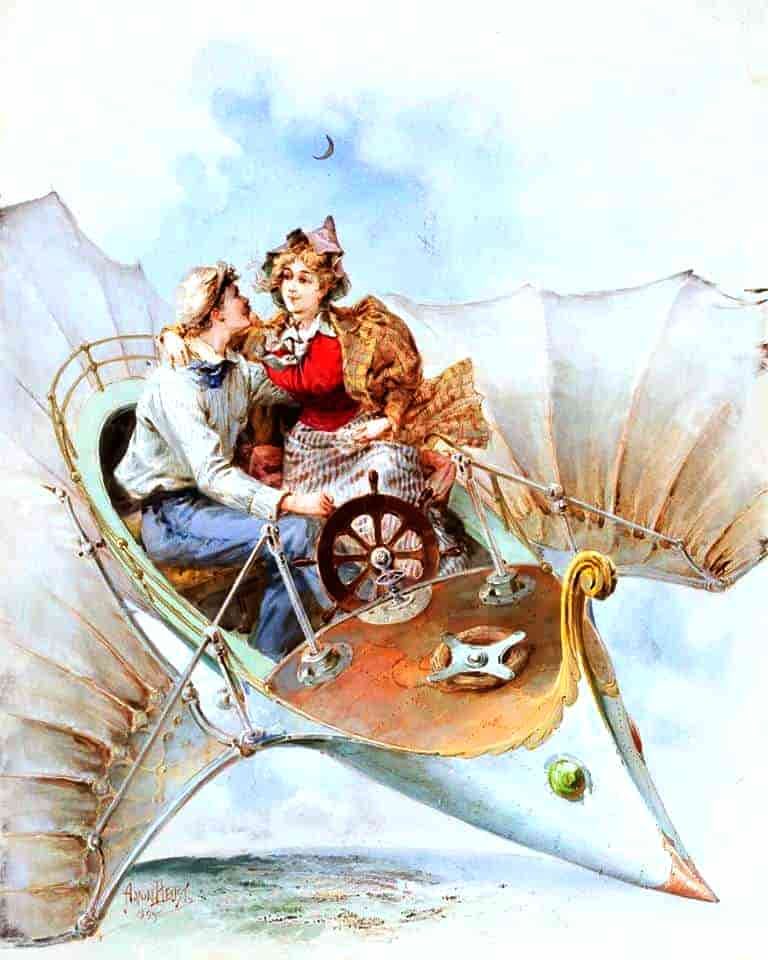-
Man-Size In Marble by Edith Nesbit Analysis

“Man-Size in Marble” (1893) is a gothic short story by Edith Nesbit. You can read it at Project Gutenberg, as part of Nesbit’s Grim Tales collection. This tale is her most widely anthologised short story. What must it be like to be ahead of one’s time? It’s happened to scientists over the years. The guy […]
-
What are character flaws in fiction writing?
Most writers are well-aware that a main character needs a shortcoming. Christopher Vogler and other high profile story gurus often talk about a lack: It can be very effective to show that a hero is unable to perform some simple task at the beginning of the story. In Ordinary People the young hero Conrad is […]
-
Common Wish Fulfilment In Children’s Fantasy

Genre fiction and children’s fiction often functions to allow the reader to experience a particular form of fantasy. Some wishes are considered more worthy than others. FIVE CHILDREN AND IT The classic book that is entirely about what happens when you wish: Five Children and It, by E. Nesbit, published 1902. Nesbit had a firm grasp […]
-
“Gypsies” In Classic Children’s Literature

As always, the term Gypsy is a source of massive debate within the Romany community. Many Romani have reclaimed the term and use it to fight back against oppression. As is their right! Many Romani cannot stand the sight or sound of it, for valid reasons! Roma Unraveled What did Enid Blyton and E. Nesbit […]
-
The Influence of Edith Nesbit
A handful of children’s authors of the late nineteeth to early twentieth centuries were experiementing with innovative forms of story with radical content: Oscar Wilde, P.L. Travers, J.M. Barrie, Astrid Lindgren, John Masefield and E. Nesbit. These storytellers were pushing the boundaries of what people considered acceptable for children, and we have them partly to […]
-
Paralepsis in Children’s Literature
Paralepsis*: (Faux) Omission. In rhetoric, paralepsis refers to the device of giving emphasis by professing to say little or nothing about a subject, as in not to mention their unpaid debts of several million, but saying it all the same. I know who farted but I wouldn’t want to embarrass Charles. In the name of anonymity, […]
-
What can flight symbolise in literature?

Flight is amazingly common in children’s stories. Several other motifs should be considered symbolically similar: FLOATING AS FLIGHT SYMBOLISM Characters might hold onto helium balloons, levitate by magic or by supernatural means. A picture book example of floating can be seen in “Outside Over There” by Maurice Sendak, in which Ida floats backwards out the […]